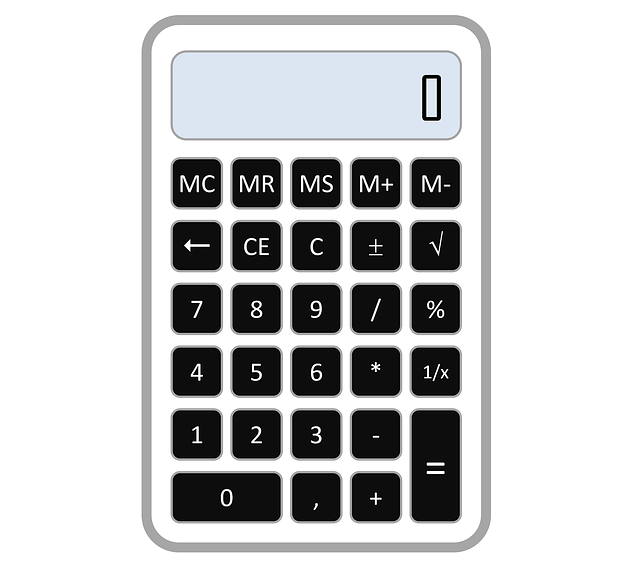Semaglutide, an innovative injectable medication for type 2 diabetes management, comes with a higher price tag than generic alternatives due to its unique GLP-1 receptor agonist mechanism. Cost considerations include dosage, brand vs. generics, insurance coverage, and regional availability. While generics offer more affordable options, semaglutide's superior blood sugar control, weight loss benefits, and reduced cardiovascular risk make the investment worthwhile for many patients. Strategies to navigate costs include patient assistance programs, generic competition, effective insurance use, and healthcare provider guidance. The future outlook includes potential pricing negotiations and manufacturing innovations aimed at making semaglutide more accessible, ultimately improving diabetes care outcomes.
“In the realm of diabetes management, semaglutide has emerged as a game-changer, offering promising therapeutic benefits. However, its rising popularity also raises questions about its cost comparison with other medications. This article delves into the intricate world of semaglutide pricing, exploring its cost structure, and shedding light on how it stacks up against traditional diabetes treatments. We analyze factors influencing prescription costs and provide strategies for accessing affordable semaglutide options, offering insights crucial for both patients and healthcare providers.”
Understanding Semaglutide and Its Therapeutic Role

Semaglutide is a novel, once-weekly injectable medication that has gained significant attention in recent years due to its innovative approach to managing type 2 diabetes. It belongs to a class of drugs known as glucagon-like peptide-1 (GLP-1) receptor agonists, which mimic the effects of a natural hormone produced by the gut. This therapy plays a crucial role in improving glycemic control, making it a valuable addition to the arsenal of medications for diabetes management.
By stimulating GLP-1 receptors, semaglutide enhances insulin secretion in a glucose-dependent manner, suppresses glucagon release, and slows gastric emptying. These effects collectively contribute to reduced blood sugar levels. Understanding the cost of semaglutide is essential for patients and healthcare providers alike, especially when compared to other diabetes medications. Its unique mechanism of action offers potential benefits in terms of improving metabolic control and potentially reducing long-term complications associated with diabetes.
Exploring the Cost Structure of Semaglutide Treatments

Exploring the Cost Structure of Semaglutide Treatments
The cost of semaglutide treatments has been a topic of interest for both healthcare providers and patients. Semaglutide, a glucose-lowering medication used primarily in the management of type 2 diabetes, comes with varying price points depending on the brand and dosage. In recent years, there has been a surge in generic versions entering the market, which has led to more affordable options compared to branded semaglutide. These generics offer significant cost savings without compromising efficacy, making them attractive alternatives for patients looking to reduce their healthcare expenses.
However, the cost of semaglutide can be influenced by several factors beyond the medication itself. Prescription copays, insurance coverage, and regional availability all play a role in determining the overall out-of-pocket expense for patients. Additionally, patient assistance programs and manufacturer coupons are common strategies to help mitigate these costs. Understanding this complex landscape is crucial for making informed decisions regarding diabetes management while balancing budgetary considerations.
Comparing Semaglutide Prices with Other Diabetes Medications

When comparing the cost of semaglutide with other diabetes medications, it’s evident that this injectable medication stands out in terms of price point. Semaglutide, while highly effective in managing blood sugar levels, is generally more expensive than many of its counterparts. This is attributed to its innovative mechanism of action and the advanced technology involved in its production. However, it’s crucial to consider that the cost of semaglutide doesn’t always translate into better outcomes—its efficacy and safety profile should also be evaluated alongside the financial investment.
In contrast with other diabetes drugs, which often come with lower price tags, semaglutide offers a unique benefit package. While generics may be more budget-friendly, they might not provide the same level of blood sugar control and long-term benefits as the brand-name medication. The cost of semaglutide reflects its ability to significantly reduce HbA1c levels, promote weight loss, and lower cardiovascular risk—factors that can have a profound impact on diabetes management and overall health outcomes.
Factors Influencing the Cost of Semaglutide Prescriptions

Several factors can significantly influence the cost of semaglutide prescriptions, making it essential for patients and healthcare providers to consider these aspects when comparing treatment options. One primary factor is the dosage required. Semaglutide comes in various formulations designed for different purposes, such as weight management or type 2 diabetes treatment, and each has a unique price point based on its complexity and production requirements.
Additionally, brand names and generics play a substantial role. While brand-name semaglutide medications may offer advanced benefits and research-backed guarantees, they are generally more expensive than their generic equivalents. As generic versions enter the market, the cost of treatment often decreases, making semaglutide more accessible to a broader patient population. Insurance coverage and healthcare plans can also dramatically affect out-of-pocket expenses, with different policies having varying levels of reimbursement for specific medications.
Accessing Affordable Semaglutide: Options and Strategies

Accessing affordable semaglutide is a growing concern for many patients considering this medication for managing type 2 diabetes. The cost of semaglutide has been a topic of discussion, as it can be significantly higher than other diabetes treatments. However, several strategies can help make this therapy more accessible.
One option is to explore patient assistance programs offered by pharmaceutical companies. These programs often provide financial support or copayment cards, making the medication more affordable for those who qualify. Additionally, generic versions of semaglutide are expected to enter the market soon, potentially reducing costs substantially. Comparing prices between different pharmacies and utilizing insurance benefits effectively can also lead to substantial savings. Many healthcare providers offer resources and guidance on managing drug expenses, ensuring patients get the best deals for their prescribed medications.
The Future of Pricing for Semaglutide and Its Impact on Patients

As the pharmaceutical industry continues to evolve, the pricing landscape for medications like semaglutide is expected to change. Currently, semaglutide’s cost compared to other drugs in its class varies significantly, posing challenges for patients and healthcare providers alike. However, the future looks promising with potential advancements in pricing strategies.
Negotiations between pharmaceutical companies, insurers, and government bodies could lead to more affordable access to semaglutide. Innovations in delivery methods or manufacturing processes might also reduce production costs, ultimately benefiting consumers. These developments could make semaglutide a more viable option for patients requiring long-term glycemic control, potentially improving overall health outcomes and quality of life.
